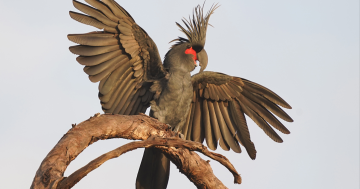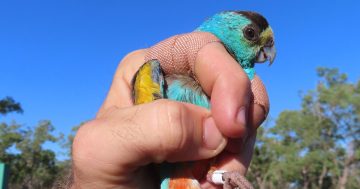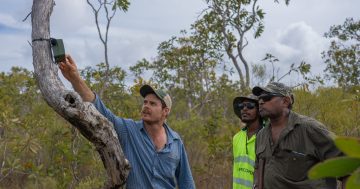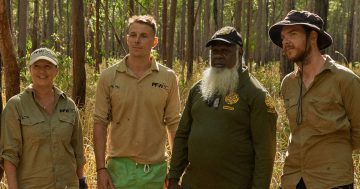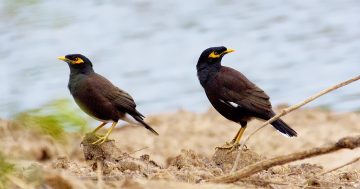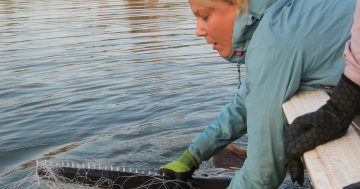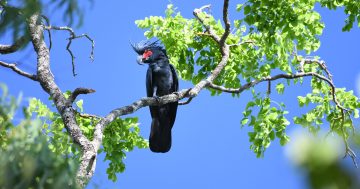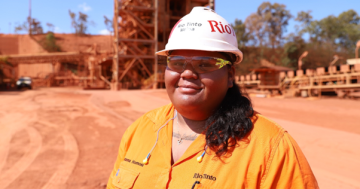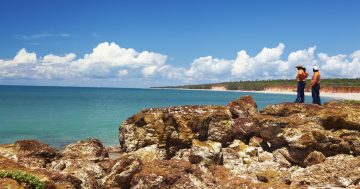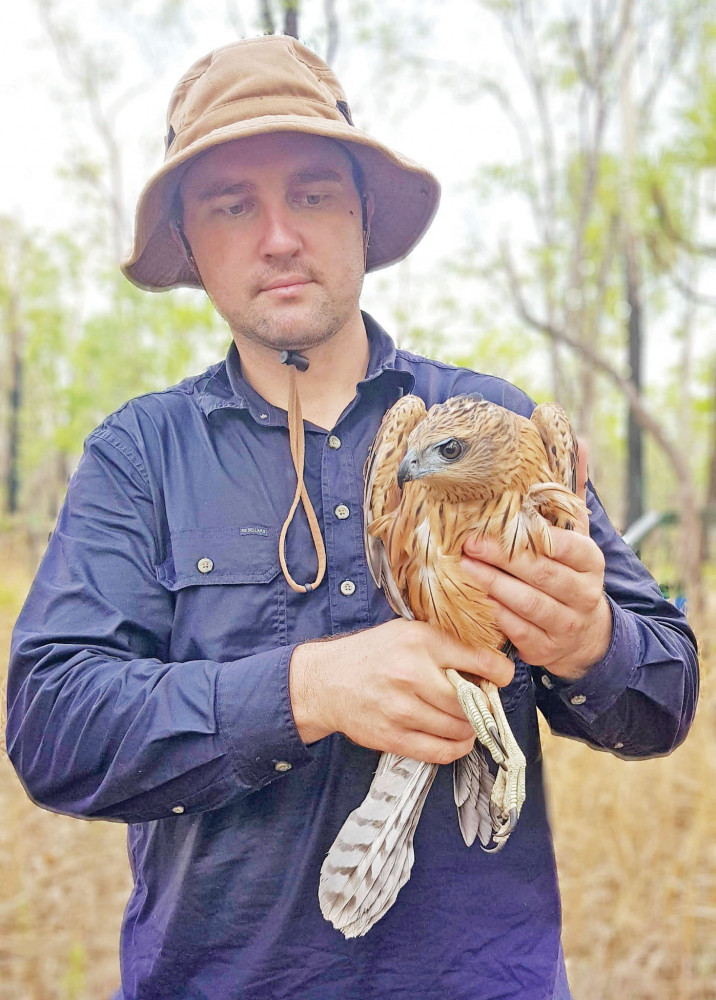
The study, a collaboration between the Queensland Department of Environment & Science, Australian Wildlife Conservancy and Rio Tinto, commenced following a sighting of a Red Goshawk nest on a mining lease near Mapoon in 2015.
University of Queensland PhD student Chris MacColl, one of the researchers undertaking the study, said the Red Goshawk once ranged as far south as Sydney and across to the Kimberley.
Now, due in large part to the loss of its habitat from human development further south, Mr MacColl says Cape York is the focus of the study and one of the best places to collect data about the reclusive birds.
“The majority of the work we do has been on the Cape, because it’s very good Red Goshawk habitat,” he said.
“They’re a woodland raptor, so the loss of woodlands in their southern range is thought to have contributed to their decline.”
Together with Richard Seaton from the AWC, David Stewart from DES, and Rio Tinto Weipa environmental staff, Mr MacColl has begun tracking the movements of 12 birds, six adults and six juveniles.
Preliminary findings indicate some large and unexpected movements of up to several hundred kilometres.
These findings are enabled by advancements in technology that allow miniature GPS devices to be fitted to the birds which can track them for up to three years before their batteries fail.
“We’ve got a female that lives to the north of Mapoon and every year when she’s finished nesting she migrates 1000 kilometres south, so without a satellite tracker you would have no idea where she has gone in the non-breeding season,” he said.
The study is now entering its third year, having secured funding from Rio Tinto until the end of 2024.
It is hoped its findings will inform land management practices and help to conserve nesting sites across northern Australia.
“We want to get a really good understanding of their habitat use, the types of environmental requirements they need to support breeding pairs, and where that is, and then you can start to talk about how much of it is protected and whether it’s being actively managed for things like fire,” Mr MacColl said.


